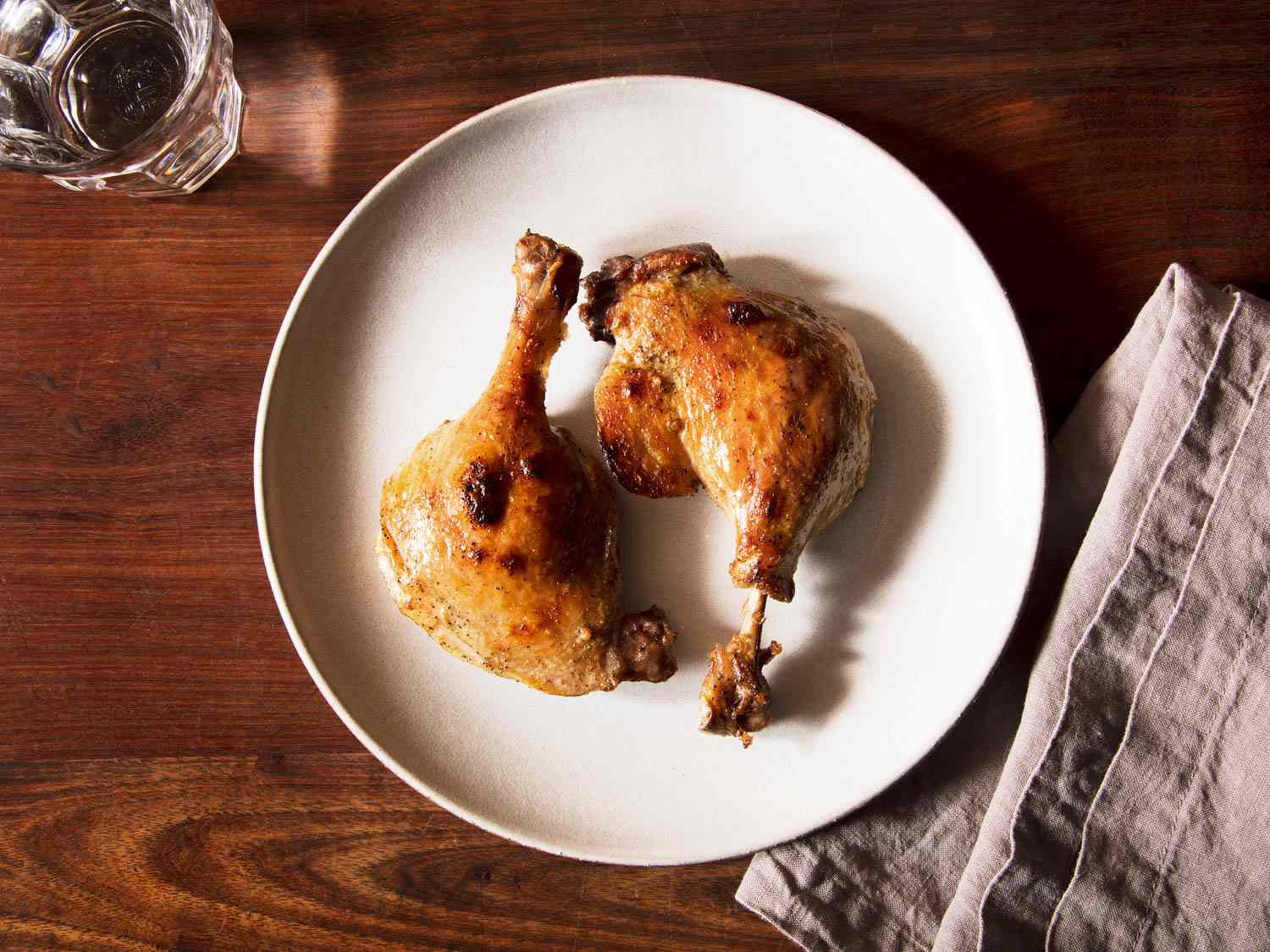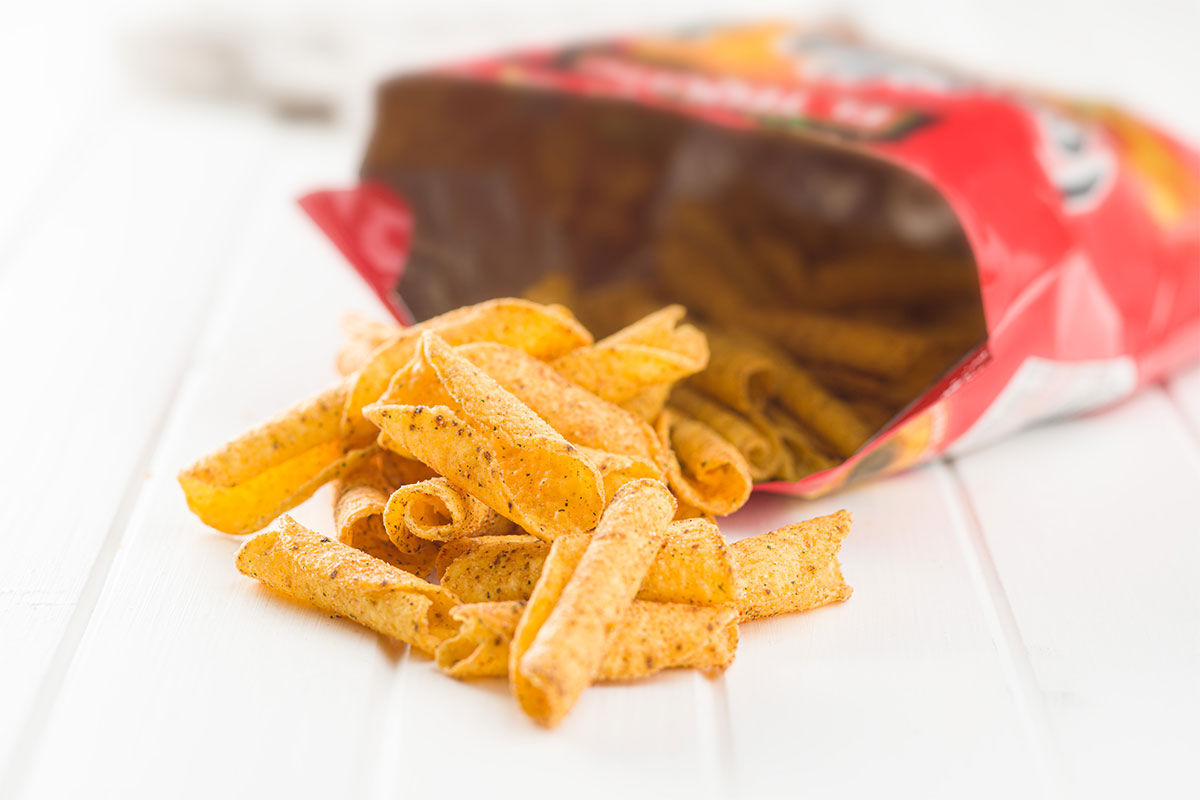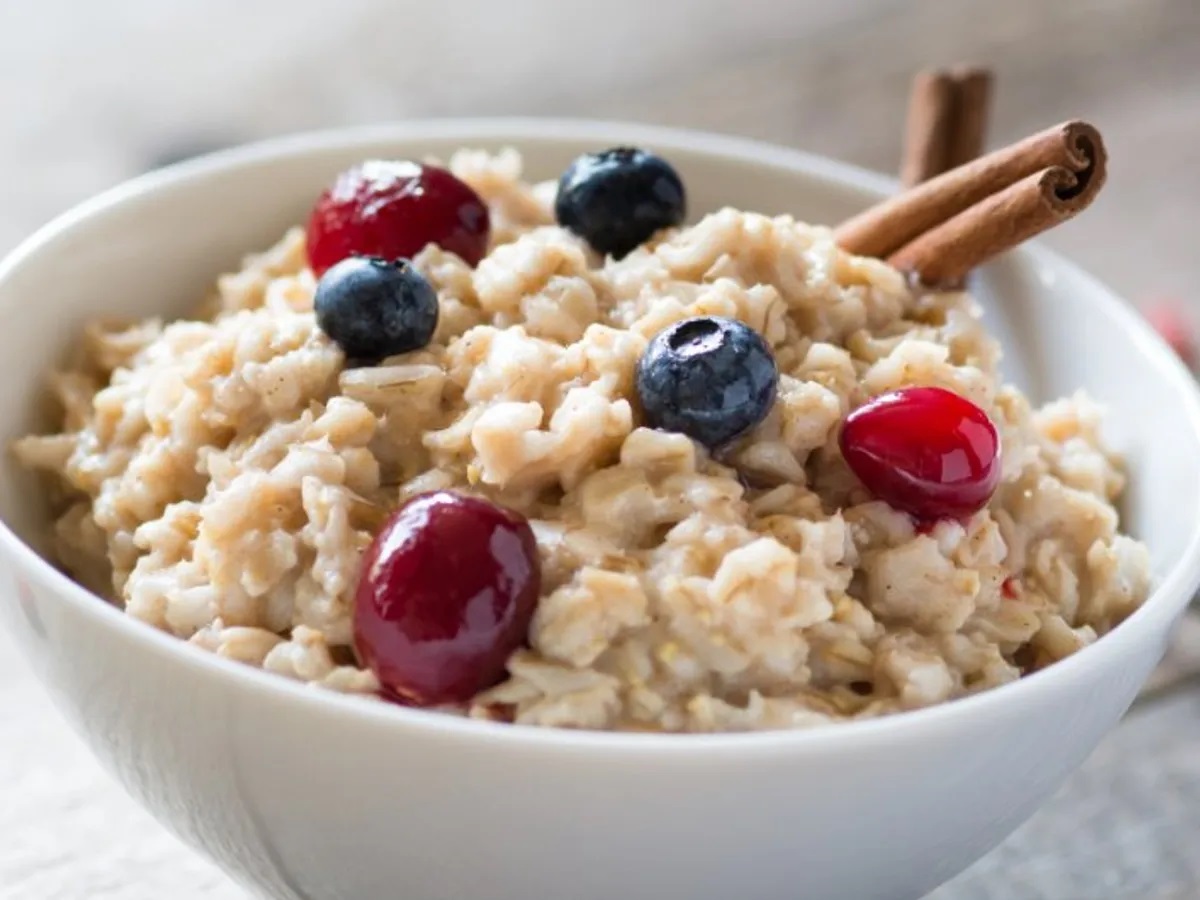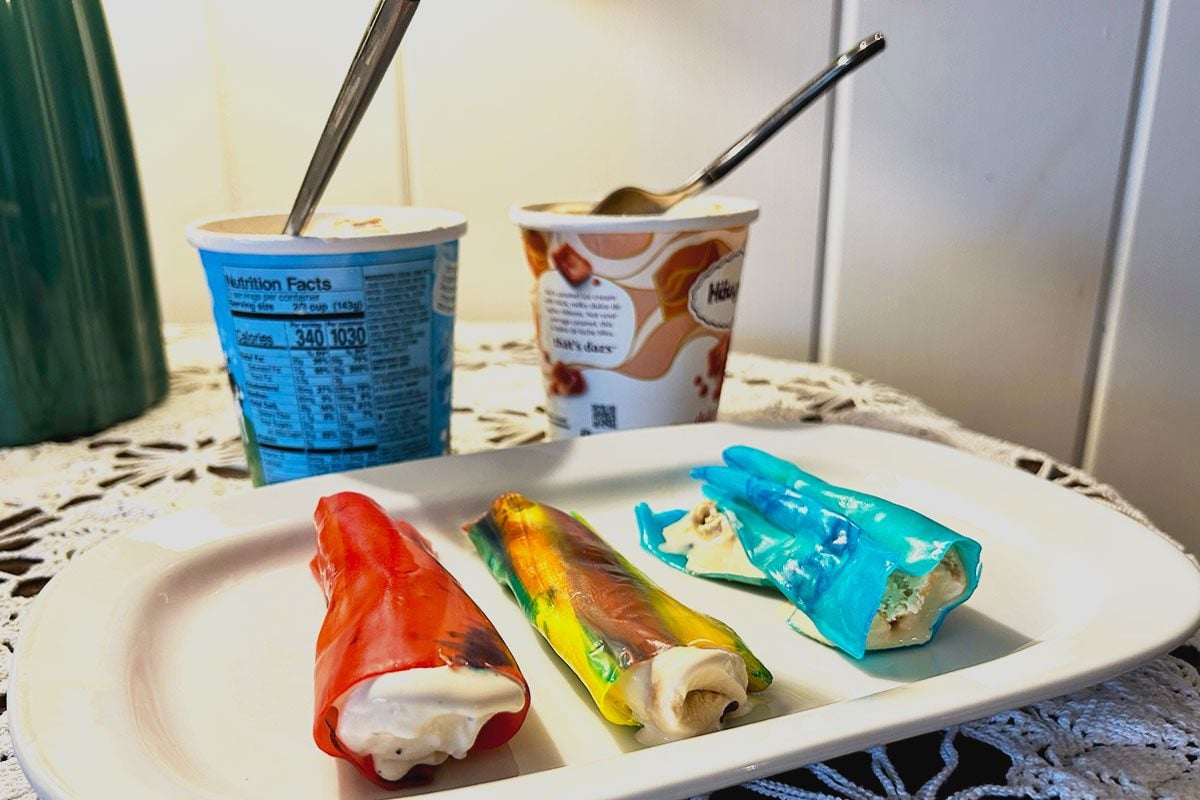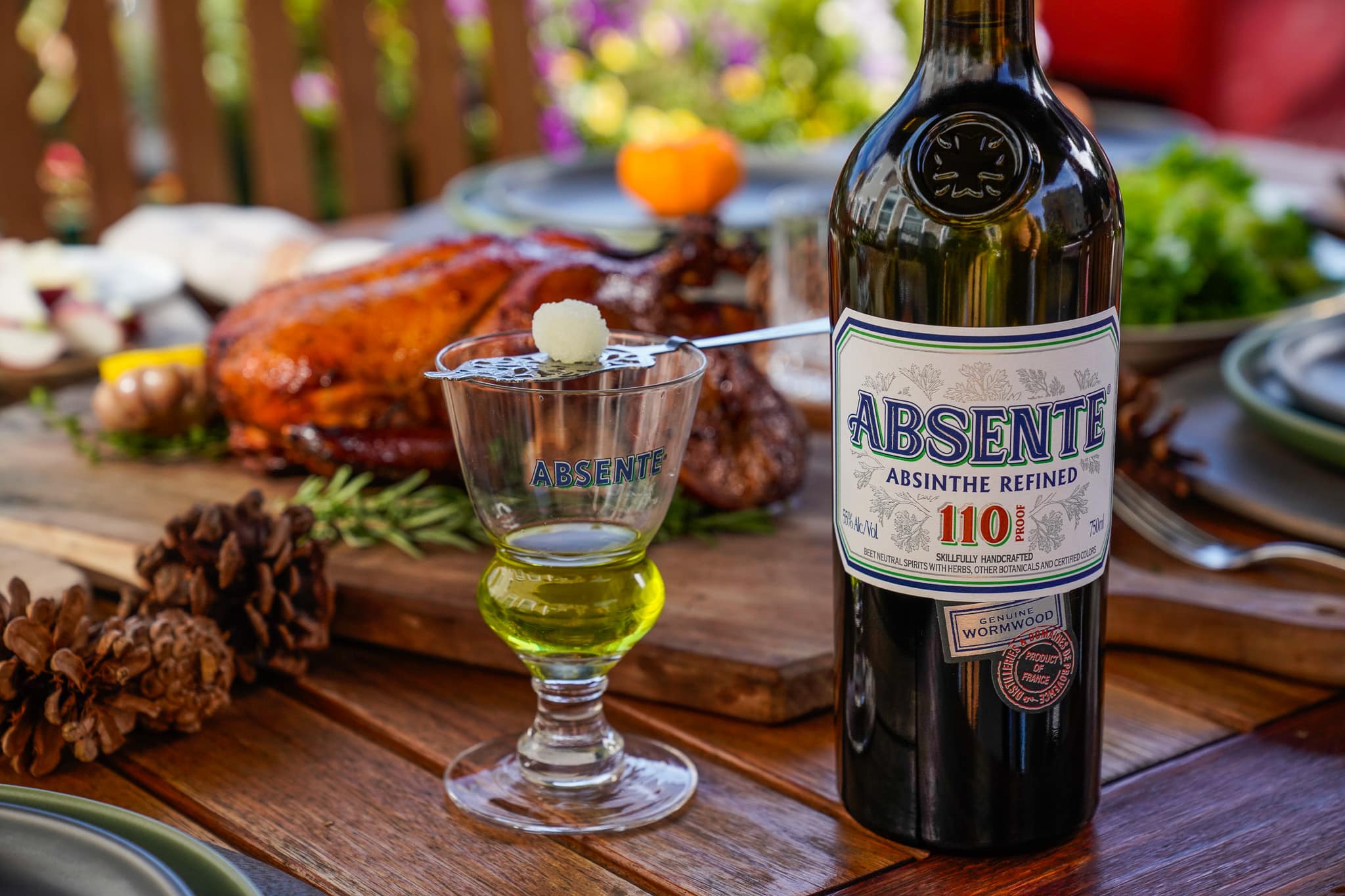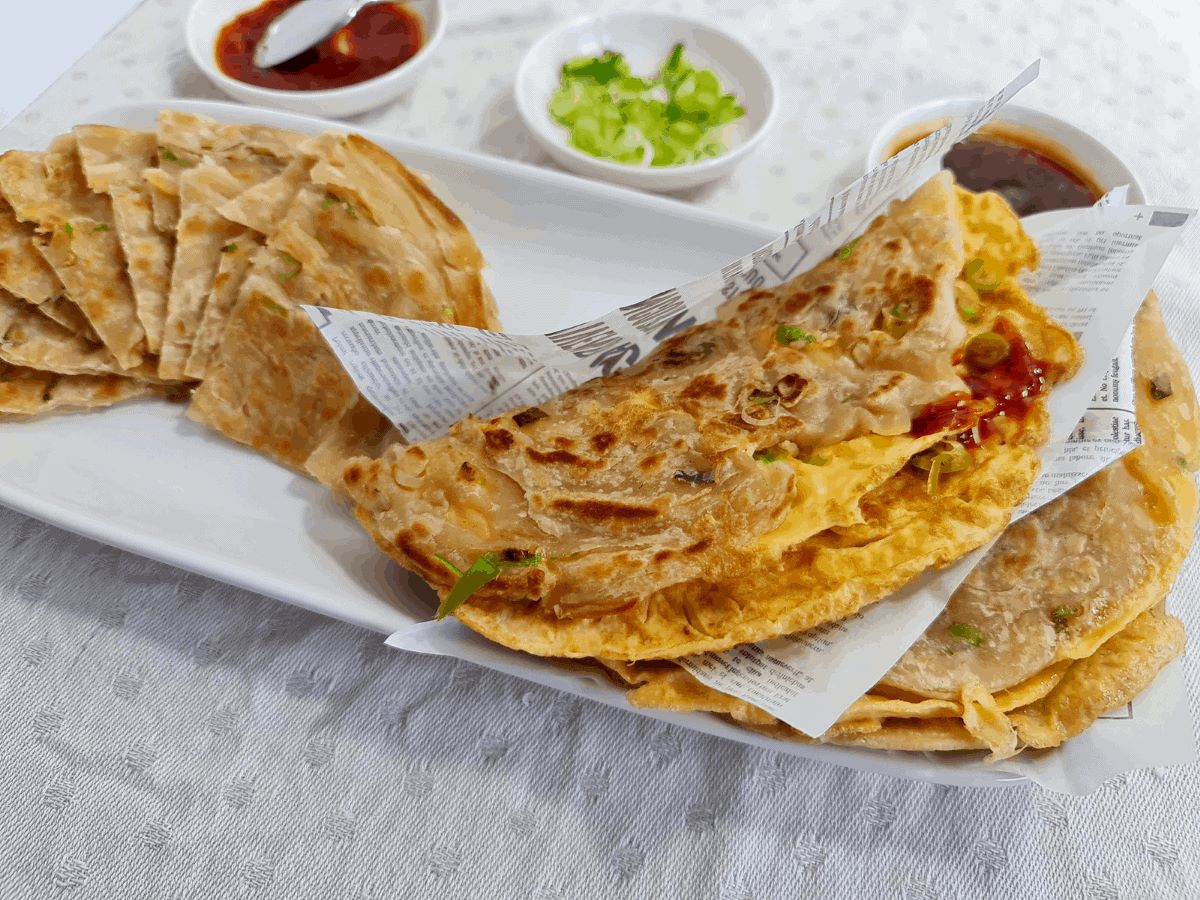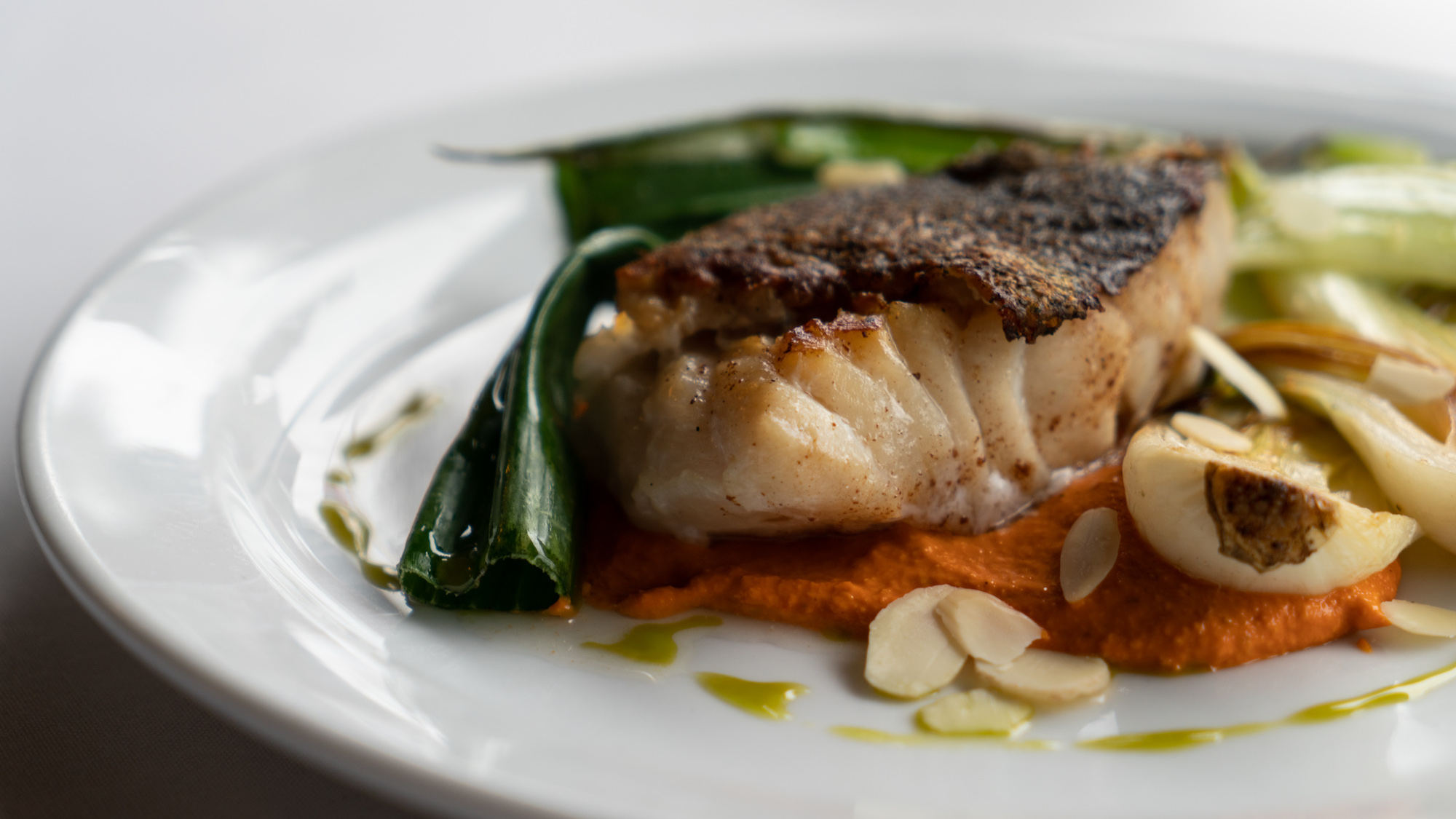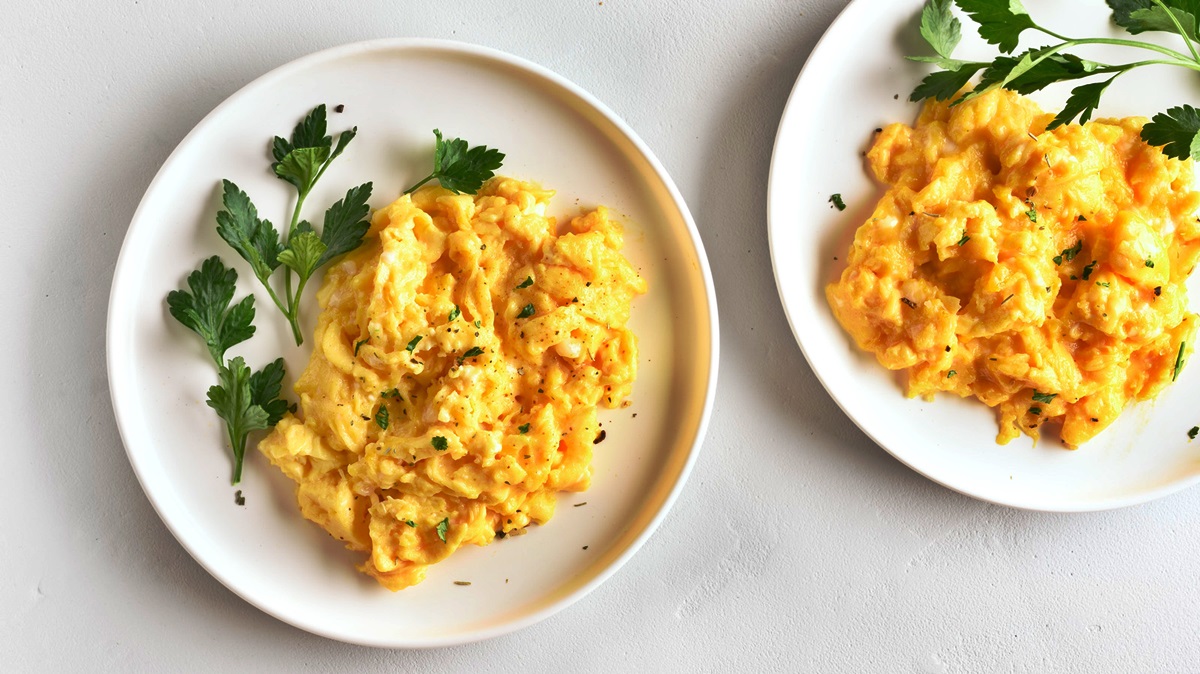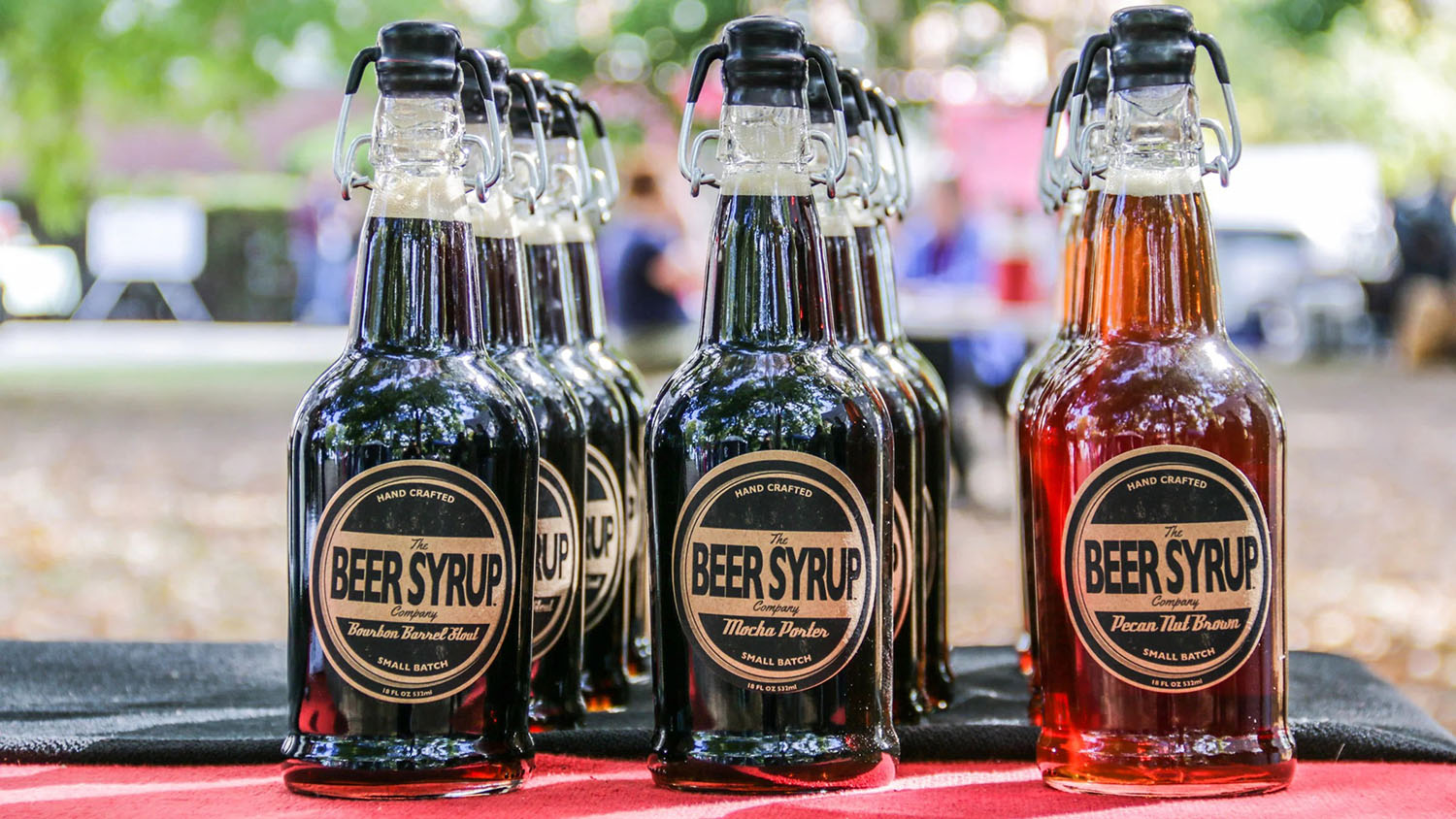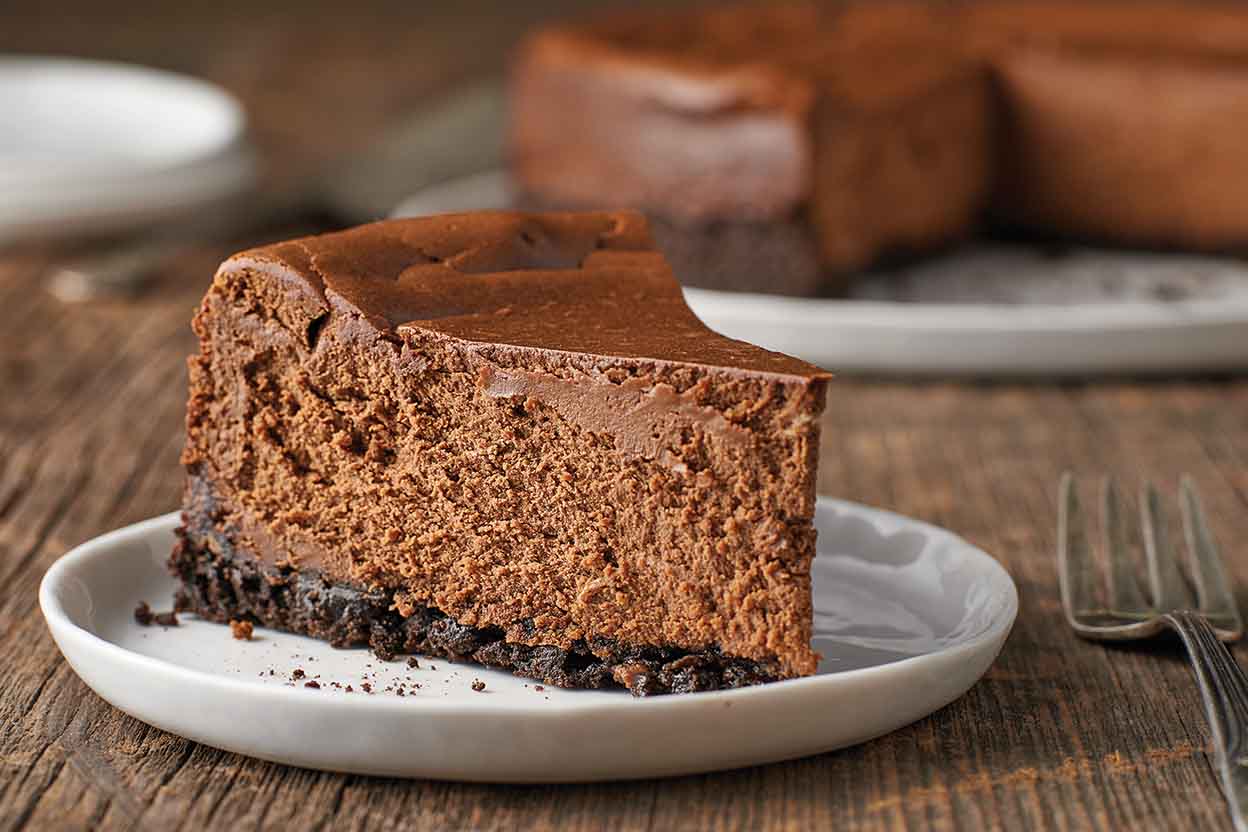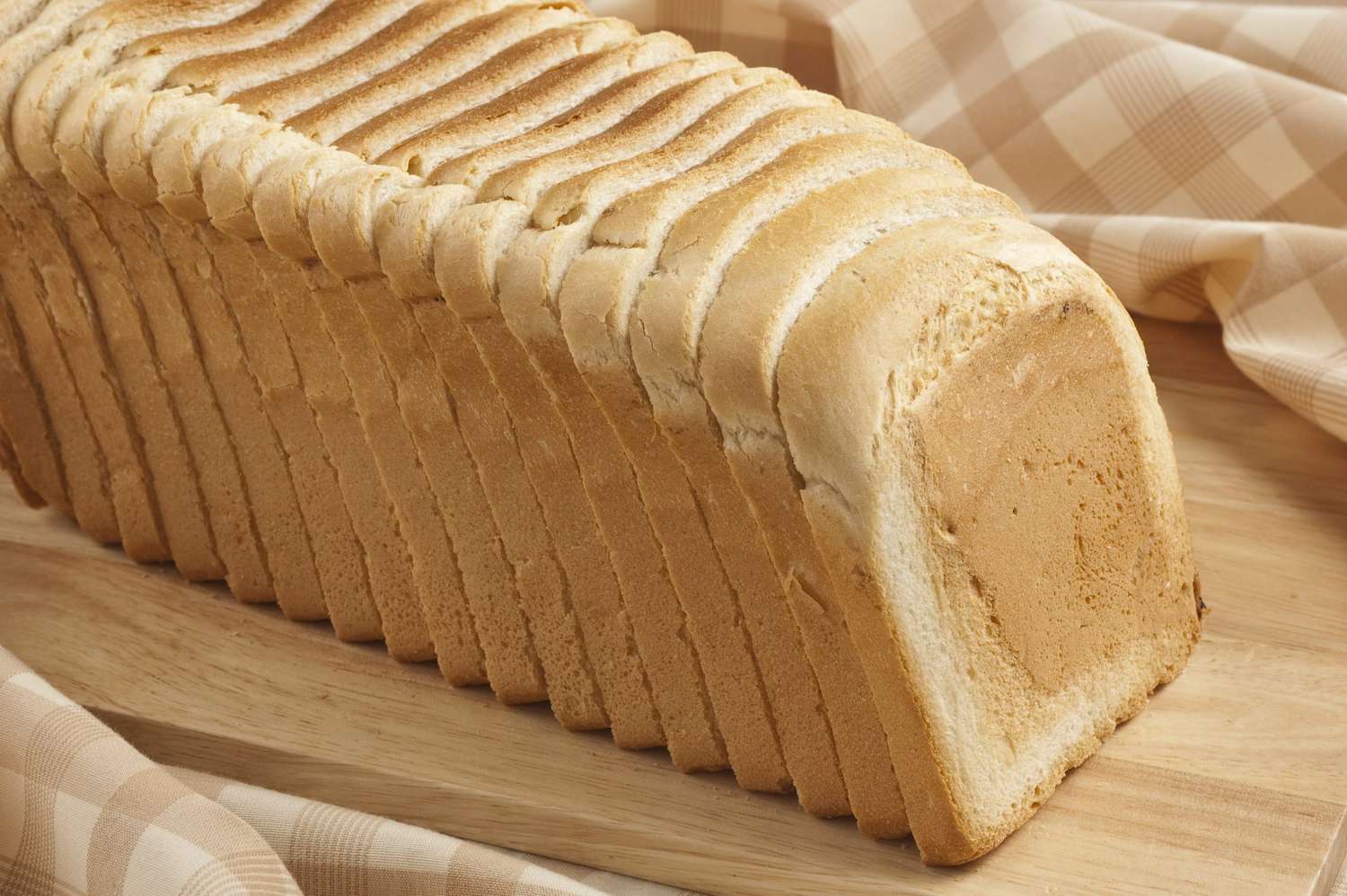Cardoons, a relative of the artichoke, offer a unique flavor and texture to dishes. Often overlooked, these thistle-like vegetables can transform meals with their slightly bitter taste and tender stalks. Whether roasted, braised, or used in soups, cardoons bring a delightful twist to traditional recipes. Perfect for adventurous cooks, they pair well with cheeses, meats, and citrus. Preparing cardoons may seem tricky, but with a bit of practice, they become a versatile ingredient in your kitchen. Ready to explore new culinary horizons? Let’s dive into some innovative ways to cook with cardoons.
Essential Ingredients for Cooking with Cardoons
Ingredients
- 1 large bunch of cardoons
- 2 lemons (juiced)
- 1 cup all-purpose flour
- 2 eggs (beaten)
- 1 cup breadcrumbs
- 1/2 cup grated Parmesan cheese
- 1/4 cup olive oil
- 2 cloves garlic (minced)
- Salt (to taste)
- Black pepper (to taste)
- 1/4 teaspoon red pepper flakes (optional)
- Fresh parsley (chopped, for garnish)
Must-Have Tools for Cardoon Culinary Adventures
Tools Needed to Cook with Cardoons
- Chef's knife: For trimming and slicing cardoons.
- Cutting board: Provides a stable surface for cutting.
- Vegetable peeler: Removes tough outer skin.
- Large pot: For boiling cardoons.
- Colander: Drains boiled cardoons.
- Mixing bowls: Holds prepared ingredients.
- Baking dish: For roasting or baking cardoons.
- Parchment paper: Prevents sticking during baking.
- Olive oil: Adds flavor and helps with roasting.
- Salt and pepper: Basic seasoning.
- Lemon juice: Prevents cardoons from browning.
- Tongs: Helps handle hot cardoons.
- Oven mitts: Protects hands from heat.
- Measuring spoons: Ensures accurate seasoning.
- Grater: For adding cheese or zest.
- Whisk: Mixes dressings or sauces.
- Serving platter: Presents the finished dish.
Cardoons, often likened to artichokes, thrive in Mediterranean dishes. Pre-soak in lemon water to reduce bitterness. Ideal for braising, they absorb flavors well, enhancing stews and vegetarian options.
The Importance of Incorporating Cardoons into Your Diet
Cardoons are a unique vegetable, often overlooked. They resemble celery but have a flavor similar to artichokes. Cooking with cardoons can add a distinct taste to your dishes. Their versatility allows them to be used in various recipes, from soups to gratins, making them a valuable addition to any kitchen.
Your Guide to Mastering Cardoon Recipes
Innovative Ways to Cook with Cardoons
1. Roasting Cardoons
- Preheat oven to 375°F (190°C).
- Trim the cardoons, removing any tough outer leaves.
- Cut into 3-inch pieces.
- Blanch in boiling salted water for 5 minutes.
- Drain and pat dry.
- Toss with olive oil, salt, and pepper.
- Spread on a baking sheet.
- Roast for 25-30 minutes until tender and golden.
2. Cardoon Gratin
- Preheat oven to 400°F (200°C).
- Trim and cut cardoons into 2-inch pieces.
- Blanch in salted water for 10 minutes.
- Drain and set aside.
- Melt butter in a saucepan.
- Add flour to make a roux.
- Whisk in milk gradually.
- Cook until thickened.
- Season with salt, pepper, and nutmeg.
- Layer cardoons in a baking dish.
- Pour sauce over cardoons.
- Sprinkle with grated cheese.
- Bake for 20-25 minutes until bubbly and golden.
3. Cardoon Soup
- Trim and chop cardoons into small pieces.
- Heat olive oil in a large pot.
- Add chopped onions and garlic.
- Sauté until softened.
- Add cardoons and cook for 5 minutes.
- Pour in vegetable broth.
- Bring to a boil.
- Reduce heat and simmer for 30 minutes.
- Blend until smooth.
- Season with salt and pepper.
- Serve hot with a drizzle of olive oil.
4. Cardoon Fritters
- Trim and cut cardoons into 2-inch pieces.
- Blanch in salted water for 10 minutes.
- Drain and pat dry.
- Mix flour, baking powder, salt, and pepper in a bowl.
- Add water gradually to make a batter.
- Dip cardoon pieces in the batter.
- Heat oil in a frying pan.
- Fry cardoons until golden and crispy.
- Drain on paper towels.
- Serve hot with a squeeze of lemon.
5. Cardoon Salad
- Trim and slice cardoons thinly.
- Blanch in salted water for 5 minutes.
- Drain and cool.
- Mix cardoons with mixed greens.
- Add cherry tomatoes, cucumber, and red onion.
- Whisk together olive oil, lemon juice, salt, and pepper.
- Drizzle dressing over salad.
- Toss to combine.
- Serve chilled.
6. Cardoon Pasta
- Trim and cut cardoons into 1-inch pieces.
- Blanch in salted water for 10 minutes.
- Drain and set aside.
- Cook pasta according to package instructions.
- Heat olive oil in a pan.
- Add garlic and red pepper flakes.
- Sauté until fragrant.
- Add cardoons and cook for 5 minutes.
- Toss with cooked pasta.
- Season with salt and pepper.
- Sprinkle with grated Parmesan.
- Serve hot.
Mastering Cardoon Cuisine
Embracing cardoons in your kitchen opens up a world of culinary possibilities. These versatile vegetables, with their unique flavor and texture, can elevate simple dishes into gourmet experiences. Whether you're braiding them into a creamy soup, incorporating them into a hearty stew, or frying them up for a crispy snack, cardoons offer a delightful twist to traditional recipes. Remember, the key to unlocking their full potential lies in proper preparation—removing the fibrous outer layer and soaking to reduce bitterness. As you experiment with these innovative cooking methods, you'll not only impress your guests but also expand your own culinary repertoire. So, don't hesitate to give cardoons a starring role in your next meal. Their distinct character is sure to add an exciting dimension to your cooking adventures.
All Your Questions About Cardoons Answered
What are cardoons, and how do they differ from artichokes?
Cardoons, often mistaken for their cousin, the artichoke, boast a unique flavor and texture. While both belong to the thistle family, cardoons look like celery on steroids but taste somewhat like artichoke hearts. Their preparation involves a bit more work, mainly cleaning and removing fibrous strings, but the culinary payoff is well worth the effort.
Can you eat cardoons raw?
Technically, yes, but you might not want to. Raw cardoons can be pretty tough and bitter. Blanched or cooked, they become tender and their flavor mellows out, making them more palatable and enjoyable.
What's the best way to prepare cardoons for cooking?
First off, you'll need to trim the ends and peel away any tough outer strings. Think of prepping celery, but a bit more labor-intensive. Next, cut them into manageable pieces and soak in lemon water to prevent browning. Most folks prefer to blanch cardoons in boiling water with a bit of lemon juice or vinegar to soften them up and reduce bitterness before moving on to the main cooking method.
Are there any innovative ways to cook with cardoons?
Absolutely! Beyond the traditional braising and baking, why not try incorporating cardoons into a creamy soup or a hearty stew? They also make a fantastic vegetarian lasagna layer. For something on the crispy side, batter and fry them for a delightful snack. Or, get creative with a cardoon gratin, pairing them with creamy sauces and cheese.
What flavors pair well with cardoons?
Cardoons love hanging out with bold flavors. Garlic, anchovies, and capers bring out their best side. They also get along famously with rich, creamy sauces and cheeses. For a fresh twist, pair them with citrus or tomato-based dishes. Don't forget a good drizzle of olive oil and a sprinkle of salt to make their flavor pop.
How do you store cardoons, and how long do they last?
Keep them wrapped in your fridge's crisper drawer, and they'll stay fresh for about a week. If you've blanched them, you can freeze cardoons for several months. Just make sure they're in an airtight container or freezer bag to prevent freezer burn.
Are cardoons nutritious?
They sure are! Cardoons pack a punch with fiber, vitamins, and minerals, particularly potassium and vitamin C. Low in calories but high in nutritional value, they're a great addition to any diet looking to up the veggie intake.
